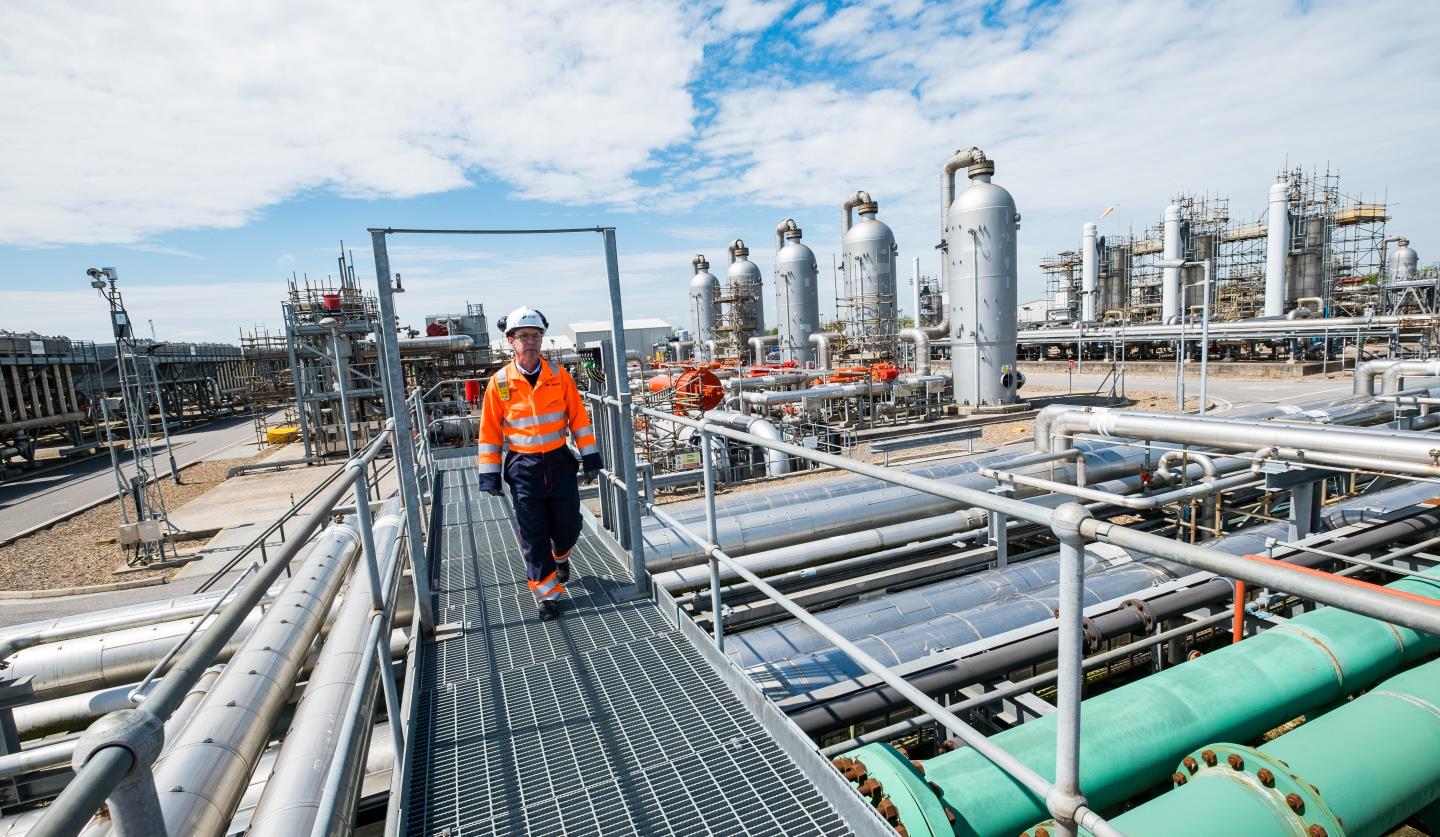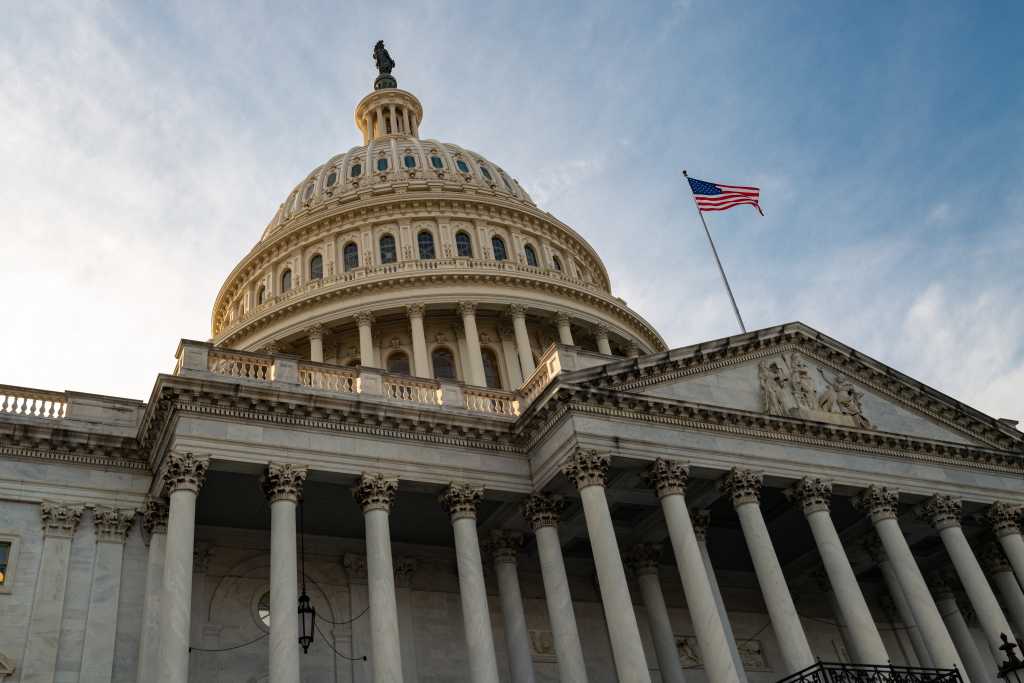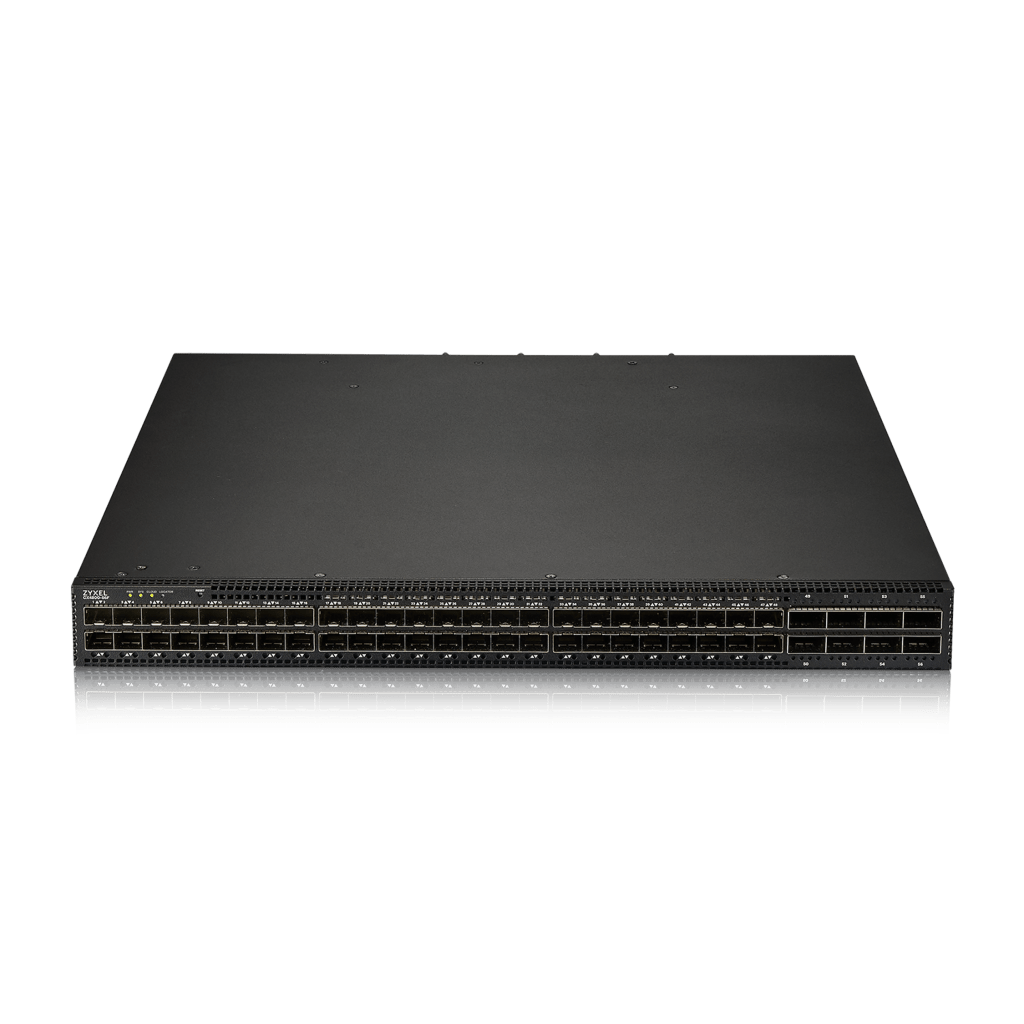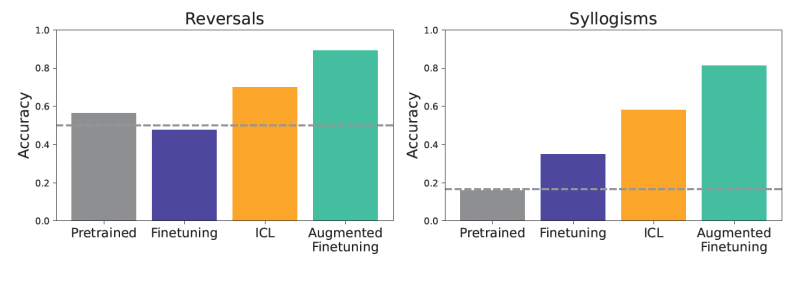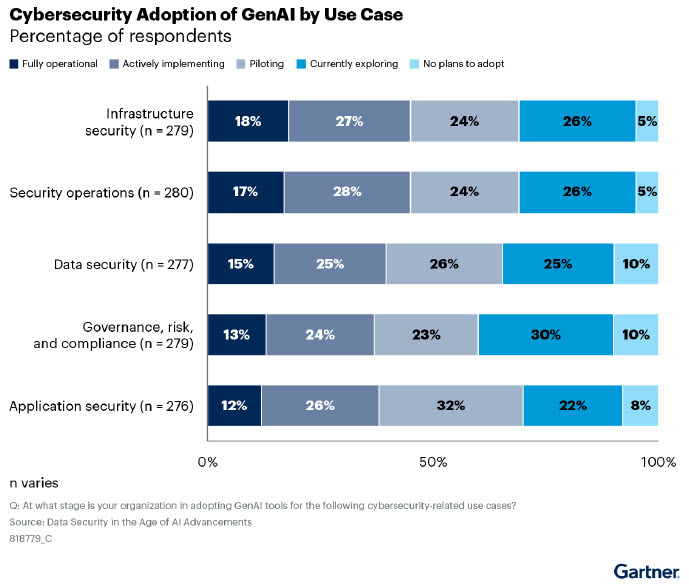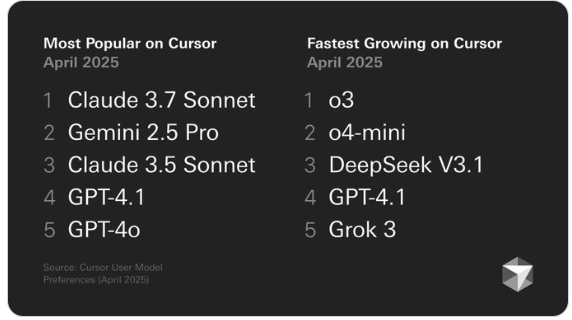
The UK government has presently announced its comprehensive “AI Opportunities Action Plan,” positioning artificial intelligence as a cornerstone for economic growth and public service transformation over the next decade.
The bold initiative, spearheaded by Prime Minister Keir Starmer, aims to make Britain a global leader in AI development and adoption, with significant implications for the data center industry.
Britain’s ambitious AI roadmap taps into the growing synergy between artificial intelligence and data infrastructure. With dedicated AI Growth Zones and a focus on sustainable energy, the UK is setting the stage for an AI-driven economy that aligns with the next generation of data center demands.
The data center industry should watch these developments closely, as they signal opportunities for long-term growth in a rapidly evolving market.
AI Infrastructure Prioritization Meets Major Private Sector Investments
The UK government plan introduces “AI Growth Zones,” areas designed to streamline planning approvals for data centers and enhance access to energy infrastructure.
These zones will focus on de-industrialized regions, providing a dual benefit of revitalizing local economies and accelerating the rollout of AI infrastructure. The first such zone will be established in Culham, Oxfordshire, leveraging local expertise in sustainable energy research, including fusion technologies.
Leading tech firms, including Vantage Data Centers, Nscale, and Kyndryl, have committed £14 billion to AI infrastructure development under the plan, creating 13,250 jobs across the UK, according to a press release.
Vantage Data Centers alone plans to invest over £12 billion to establish one of Europe’s largest campuses in Wales and additional facilities nationwide, generating 11,500 jobs.
Plan Harnesses AI for Both Public, Private Sectors
A significant component of the plan is a proposed 20x increase in public compute capacity by 2030, starting with the development of a new supercomputer to support AI innovation. Alongside this supercharging of compute capacity, the plan calls for establishment of a national AI Energy Council to focus on sustainability initiatives. These data points of course both align with and define the increasingly unprecedented global demand for high-performance computing and energy-efficient data centers.
Chaired by the country’s Science and Energy Secretaries, the UK’s AI Energy Council will specifically address the energy demands of AI infrastructure; this will include exploring nuclear small modular reactors (SMR) and other clean energy solutions to support data center growth sustainably.
The UK government is also creating a National Data Library to unlock public data for AI development securely. Additionally, a new digital center within the Department for Science, Innovation, and Technology (DSIT) will pilot AI use cases to enhance public services.
Industry Perspective and Strategic Implications
The overall plan represents a seismic shift in the UK’s approach to AI and data center development.
By prioritizing infrastructure and addressing energy challenges, the UK is now positioning itself as a preferred global destination for AI innovation. The emphasis on regional AI hubs and clean energy integration reflects a forward-thinking strategy to align economic growth with sustainability goals.
For the data center sector, the initiative underscores the critical role of high-performance, low-latency facilities in enabling AI breakthroughs. The focus on regional hubs suggests opportunities for edge and modular data centers in underutilized areas with robust energy access.
Furthermore, the UK government’s commitment to reducing barriers, such as planning delays, could accelerate project timelines and lower costs.
Leaders across technology, business, and academia have voiced strong support for the UK government’s AI Opportunities Action Plan, praising its potential to solidify the UK’s position as a global AI leader while driving economic growth, improving public services, and fostering innovation.
Darren Hardman, CEO of Microsoft UK, highlighted the government’s bold vision and commitment to AI as essential for transforming public services and fostering economic opportunities, a sentiment echoed by Mike Beck, Global CISO at Darktrace, who emphasized the potential for AI to become an economic engine when paired with swift government action.
Leaders such as Dario Amodei of Anthropic and Julian David of techUK praised the plan’s balanced approach to infrastructure investment and strategic execution, while Alex Kendall of Wayve underscored the importance of international regulatory collaboration to enable the growth of UK startups in regulated sectors like autonomous vehicles.
Investments in cutting-edge infrastructure were championed by industry figures, including Tim Bestwick from UKAEA [UK Atomic Energy Authority], who noted the alignment of Culham Campus with the plan’s vision, and AWS Vice President Alison Kay, who announced plans to invest £8 billion in UK data centers. CoreWeave’s Mike Mattacola pointed to their ongoing investments in AI-focused compute infrastructure as evidence of industry commitment.
The Action Plan’s focus on safety, transparency, and collaboration resonated strongly with figures like Zahra Bahrololoumi of Salesforce and Chris Lehane of OpenAI, who recognized its potential to advance AI adoption responsibly while leveraging the UK’s rich technological heritage and talent.
Academic institutions and research leaders welcomed the government’s emphasis on skills development and public-private collaboration. Dr. Tim Bradshaw of the Russell Group and Dr. Jean Innes of the Alan Turing Institute applauded the plan’s commitment to fostering innovation, boosting compute capacity, and ensuring responsible AI adoption.
As the Prime Minister takes personal leadership on AI, business leaders such as M&G Chairman Sir Edward Braham and Oracle’s Siobhan Wilson highlighted the role of public-private partnerships in creating opportunities for businesses, startups, and communities. Dom Hallas of Startup Coalition reinforced this, emphasizing that the roadmap offers unparalleled opportunities for UK tech startups and public sector transformation.
Finally, organizations such as the CBI [Confederation of British Industry] and TBI [Tony Blair Institute for Global Change] stressed the urgency of implementing the plan. Naomi Weir of the CBI noted the importance of swift and coordinated action to capitalize on AI’s potential, while Alexander Iosad of TBI underscored the transformative impact AI could have on productivity and public services, urging relentless focus on execution.
CoreWeave Powers the UK’s AI Vision with New Data Centers Hosting NVIDIA Hopper GPUs
Meanwhile, it’s no coincidence that CoreWeave’s announcement of its first two operational data centers in the UK, located in Crawley and London Docklands, aligns seamlessly with the ambitions of the UK government’s AI Opportunities Action Plan.
These facilities, equipped with NVIDIA H200 GPUs and NVIDIA Quantum-2 InfiniBand networking, represent the next generation of high-performance computing infrastructure, critical to scaling AI workloads and supporting the UK’s push to be a global leader in AI innovation.
The £1 billion initial investment, complemented by an additional £750 million announced last October, underscores CoreWeave’s commitment to the UK as a hub for AI infrastructure.
These state-of-the-art data centers are also powered entirely by renewable energy, in line with ongoing and growing global emphasis on sustainable technology within the AI ecosystem.
Strategic Partnerships Amplify Growth, Boost UK’s AI Momentum
Importantly CoreWeave’s partnerships with Digital Realty (Crawley Campus) and Global Switch (Docklands Campus) highlight a broader trend: the integration of hyperscalers with colocation providers to deliver specialized infrastructure at scale.
This collaborative model allows CoreWeave to rapidly deploy energy-efficient, high-performance AI platforms, addressing the increasing demand for compute-intensive workloads from industries spanning healthcare, finance, and autonomous systems.
As noted by Séamus Dunne, Managing Director at Digital Realty UK, these deployments represent “a major leap for AI infrastructure in Europe.” The Docklands campus, as emphasized by Global Switch CEO Ashley Muldoon, provides CoreWeave’s customers with “resilient and energy-efficient solutions,” critical for meeting the growing computational demands of advanced AI.
CoreWeave’s entry into the UK market reinforces the government’s strategic focus on establishing a robust AI ecosystem. By leveraging the capabilities of its NVIDIA GPUs, CoreWeave enables enterprises and research institutions to execute complex AI workloads, aligning with the government’s vision to harness AI for economic growth, public service transformation, and international competitiveness.
With the government’s Plan for Change emphasizing infrastructure development and innovation, CoreWeave’s role as an AI hyperscaler is seen as pivotal to realizing the projected £47 billion annual productivity boost outlined in the Action Plan. The UK Chancellor of the Exchequer, Rachel Reeves, hailed CoreWeave’s investment as “a huge vote of confidence in the UK’s digital technology sector.”
A New Era of AI Infrastructure?
CoreWeave’s Crawley and Docklands data centers are part of the company’s global strategy to deliver hyper-optimized AI platforms distinct from traditional web-scale cloud providers. CoreWeave contends this strategy addresses the limitations of legacy architectures, enabling customers to capitalize on cutting-edge advancements in AI and high-performance computing.
Looking ahead, CoreWeave said it plans to expand its footprint with 10 additional data centers globally in 2025. This aggressive growth strategy signals a broader shift in the data center industry, where the focus is increasingly on specialized infrastructure tailored for AI workloads.
Meanwhile, in the context of the AI Opportunities Action Plan, CoreWeave’s UK expansion highlights the synergies between public-sector ambition and private-sector innovation. By fostering strategic investments in cutting-edge infrastructure, the UK is positioning itself at the forefront of the AI revolution.
As CoreWeave’s Chief Business Officer Mike Mattacola puts it, these developments “deliver the next generation of AI infrastructure” and represent a significant milestone in the UK’s journey to becoming a global AI powerhouse.
For stakeholders in the data center and AI industries, CoreWeave feels its initiatives set a benchmark for AI infrastructure, while also underscoring the vital role of sustainable, high-performance facilities in shaping the next frontier of digital infrastructure.
NVIDIA Criticizes U.S. ‘AI Diffusion’ Rule Amid Global AI Infrastructure Expansion
As CoreWeave accelerates its AI infrastructure deployments in the UK and Europe, NVIDIA has concurrently voiced sharp criticism of the Biden Administration’s proposed “AI Diffusion” rule—a sweeping regulatory effort that could reshape the global landscape for AI technology.
The policy, framed as a national security measure, aims to restrict the design, sale, and global distribution of AI-related semiconductors, systems, and software.
However, NVIDIA warns that such measures could stifle innovation and undermine U.S. leadership in AI, potentially eroding the competitive advantage that has fueled transformative AI developments globally.
A Threat to AI Ecosystem Growth?
In a company blog, NVIDIA’s vice president of government affairs, Ned Finkle, highlighted the risks posed by the rule, arguing that it threatens not only the global adoption of AI but also the very foundation of U.S. technological strength.
While CoreWeave’s investment in UK data centers exemplifies how AI infrastructure is expanding internationally, Finkle warned that the U.S. government’s proposed, so-called “AI Diffusion” rule could disrupt this momentum by imposing unnecessary restrictions on mainstream AI technologies already embedded in consumer and enterprise computing.
The timing of this regulatory move, as Finkle alludes to, is particularly odd. With countries like the UK doubling down on AI infrastructure investments and companies like CoreWeave leveraging NVIDIA GPUs to power next-generation AI workloads, U.S. policies perceived as protectionist or overly restrictive could shift the competitive balance toward international markets.
Implications for U.S. Leadership in AI
NVIDIA’s critique underscores a broader challenge: maintaining U.S. leadership in AI while fostering a global ecosystem that supports innovation and collaboration.
The UK’s AI Opportunities Action Plan, paired with CoreWeave’s rapid deployment of NVIDIA’s H200 GPUs, provides a counterpoint to the restrictive U.S. policy. Finkle’s blog for NVIDIA suggests tht rather than retreating behind regulatory walls, the UK is creating an environment where AI innovation thrives, attracting global investment and positioning itself as a leader in the field.
For data center operators, this raises a critical question: Could U.S. regulatory overreach push AI infrastructure growth offshore, where countries like the UK and regions like the EU may benefit from a more welcoming policy environment? If so, the implications for the U.S. economy and its data center market could be significant.
The Global Race Toward a Competitive Edge in AI Infrastructure
CoreWeave’s global expansion, powered by NVIDIA GPUs, highlights the importance of agility and collaboration in deploying specialized AI infrastructure. However, NVIDIA’s warning about the unintended consequences of the “AI Diffusion” rule suggests that policies misaligned with market dynamics could disrupt this progress, creating uncertainty for hyperscalers, colocation providers, and enterprise customers alike.
With CoreWeave’s new data centers in the UK delivering cutting-edge AI capabilities and the UK government championing AI as a growth engine, the contrast with the proposed U.S. regulatory environment is stark. While NVIDIA’s criticism is aimed squarely at the Biden Administration, the broader implication of NVIDIA’s guidance is clear: the company feels that, in the global race for AI leadership, policies that promote open markets and foster innovation will determine which countries—and companies—come out on top.
As we’ve seen repeatedly in the data center industry, innovation thrives in environments where competition, collaboration, and infrastructure converge. If the U.S. hopes to maintain its edge, it must carefully balance security concerns with the need to empower its technology leaders to compete on the global stage.







